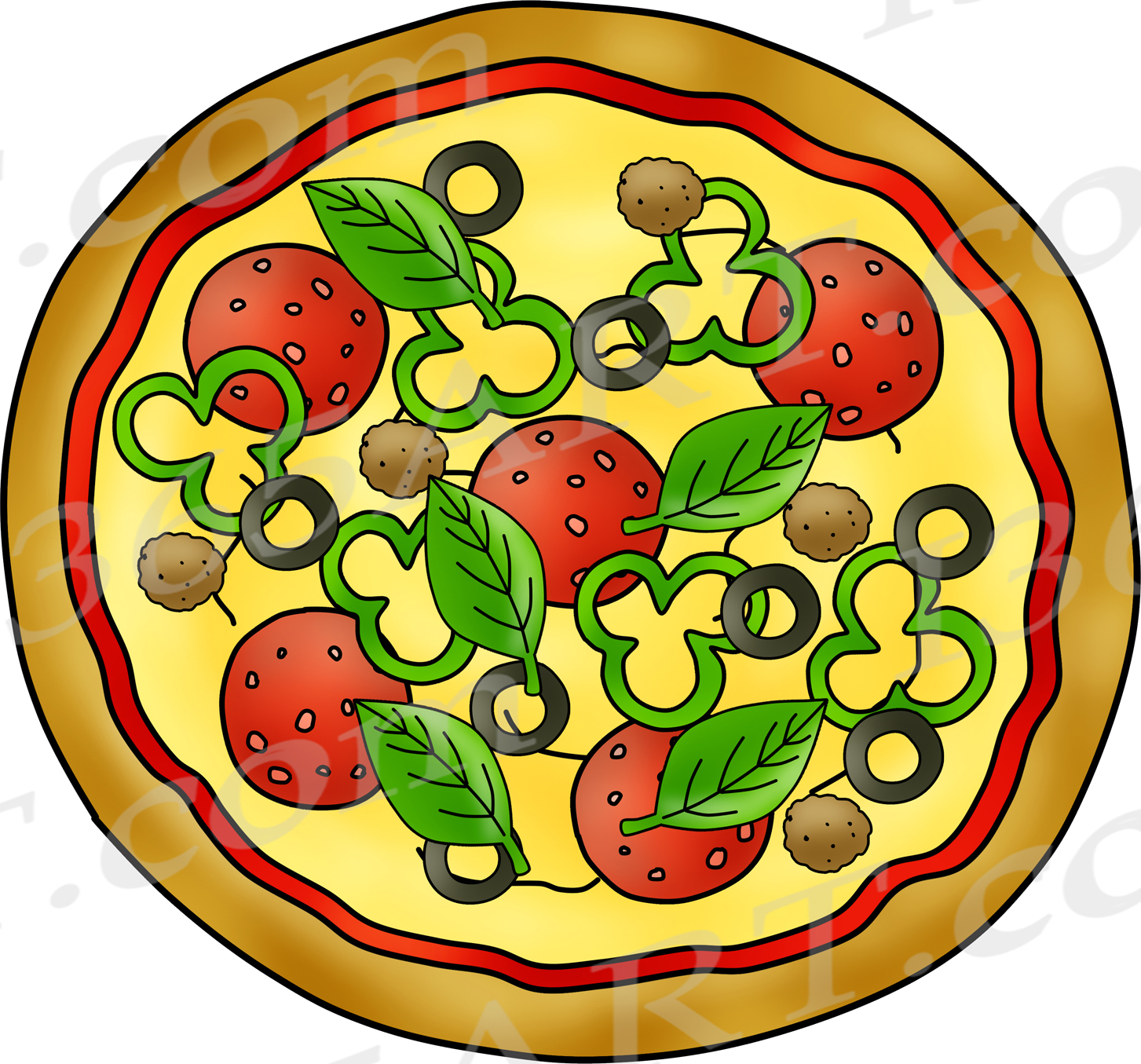1. Passengers on the bus
Visualize yourself driving a big red bus. There are passengers on the bus, and as you drive around, some get on and some get off.The passengers represent your thoughts. Now imagine yourself talking to them. This is a great way to become more mindful of your thinking, while at the same time, distancing yourself from your thoughts.
What you need to remember is that you are the driver of this bus, the one who calls the shots. The passengers are only temporary. They will come and go.By doing so, you can take control of the bus — your mind-bus — by saying things such as,
“Thank you for your feedback, but this is my bus,” or “Hey, this is your stop, time to get off.”
2. Clouds in the sky
Imagine your thoughts as clouds floating through the sky. Sometimes they’re dark and angry, sometimes they’re light and calm. But you are not the clouds.
You are the blue sky who notices the clouds, without engaging. You simply observe them until they pass. This is the practice of self-observation, which means mindfully observing how you think.
Consider this example. If I asked you what you were thinking, you might notice that you’re kicking yourself over a missed opportunity, worrying about money, or calling yourself stupid. The idea is to take a step back and observe these thoughts until they will pass. The good news is — they will pass. Everything passes, good and bad.
When you practice this regularly, you will create a sense of detachment when challenging thoughts arise. More and more, you’ll realise you are not your thoughts, and instead of feeling overwhelmed, there will be a space, and you will be able to respond in a rational manner.
3. First and second darts
First darts are inescapable pains that life throws at us.It might be a tough breakup, a lost opportunity, or the death of a loved one. These unavoidable pains are the essence of human existence, and if you live and love, some of these will fall on your doorstep.In reality, however, most of our problems are not caused by first darts. They are caused by how we respond to them.
Second darts are the darts we throw at ourselves.These are our reactions to first darts, and this is the source of much of our suffering.These second dart reactions are more common than you think.
How often have you argued with your boss, before you’ve even gotten out of the shower?
How many times have you brought the morning traffic into work?
How often have you brought work frustrations home for dinner?
This is the essence of suffering, secondary reactions to painful events, which are often more destructive than the original experience.

Next time you recognise first darts, instead of resisting them, you should accept them completely. If you do get stuck in traffic, or frustrated in work, accept it and move on because it’s our resistance to pain that causes our suffering.
Take away message
By holding the most truth in the least amount of space, metaphors can help you to cope with abstract psychological concepts such as overthinking.
Next time your mind is busy, you don’t have to feel overwhelmed. You could kick those troublesome passengers off the bus. You could observe those dark angry clouds as they float by — without engaging. Or you could accept those first darts before they turn into suffering.
You can’t stop thinking, no matter how hard you try, but you can distance yourself from problematic thoughts — then they won’t feel so loud.








